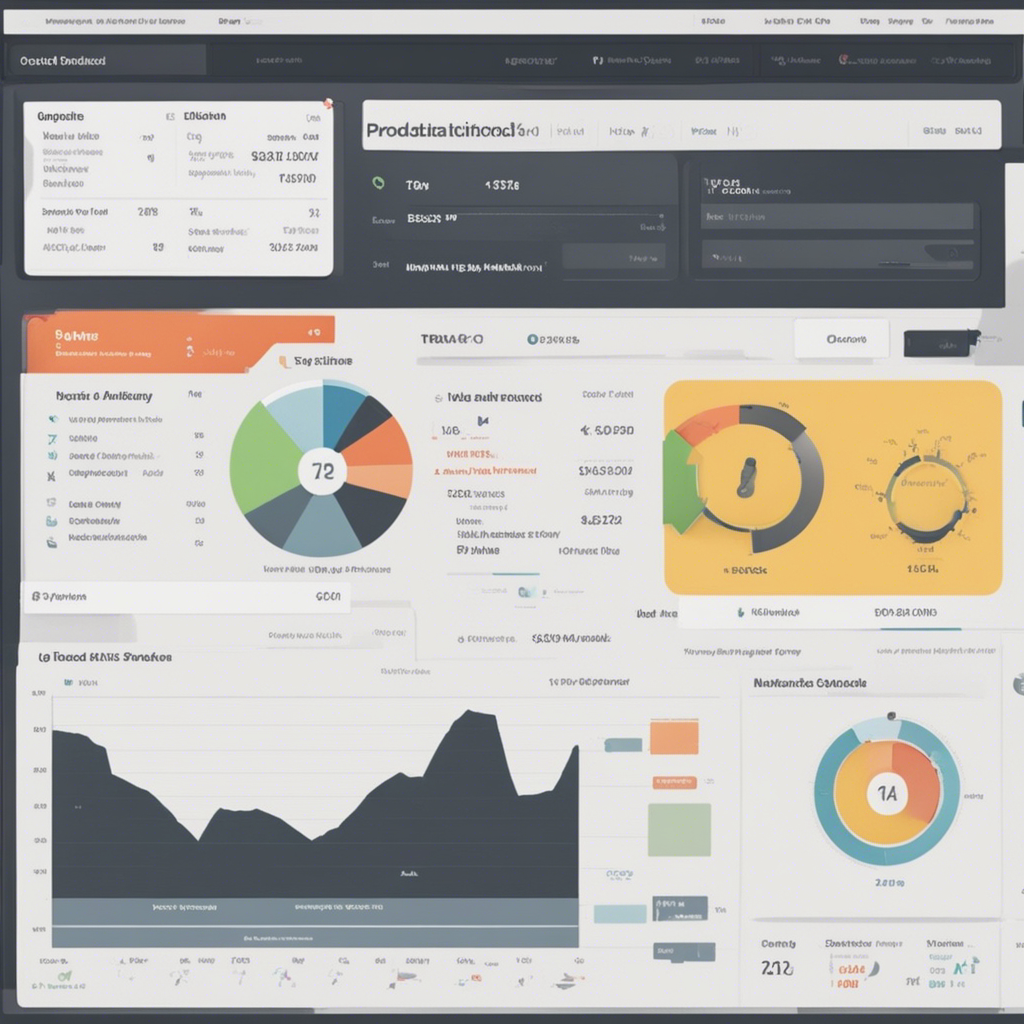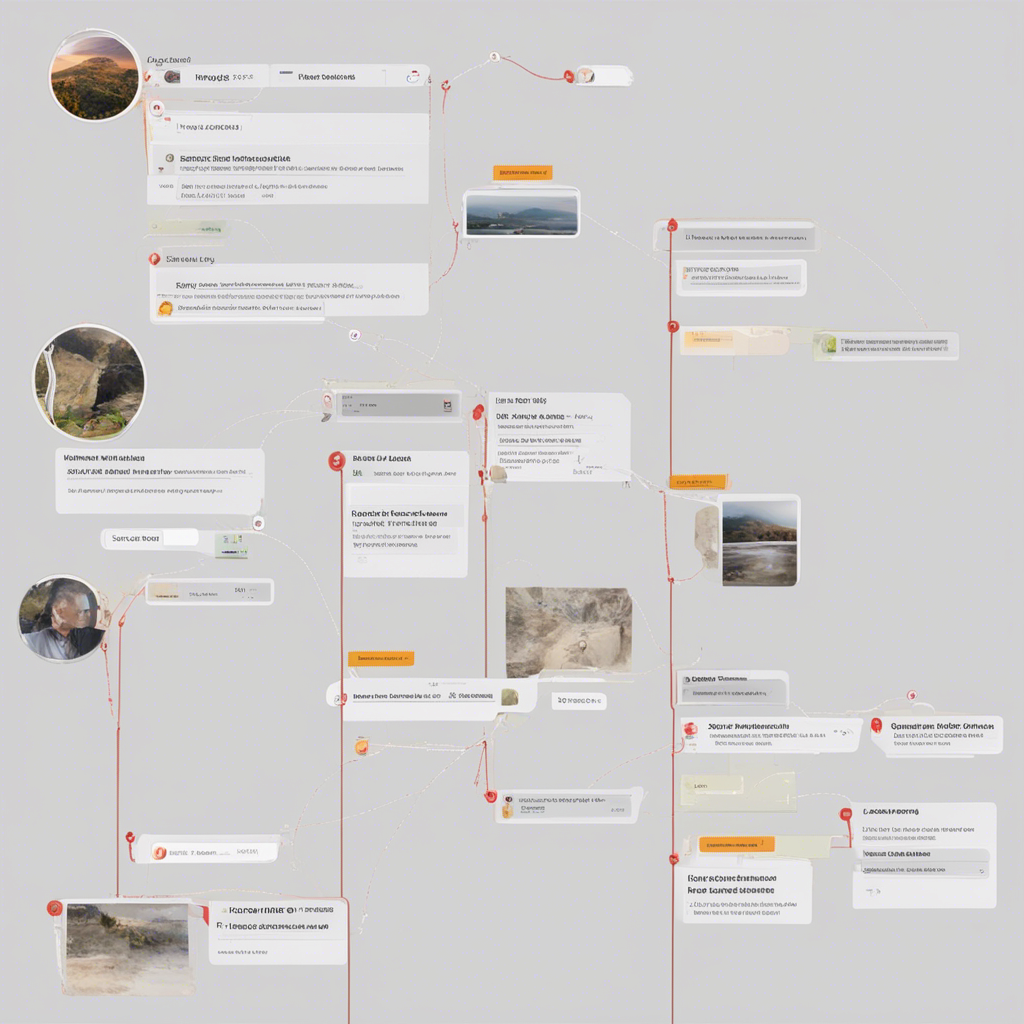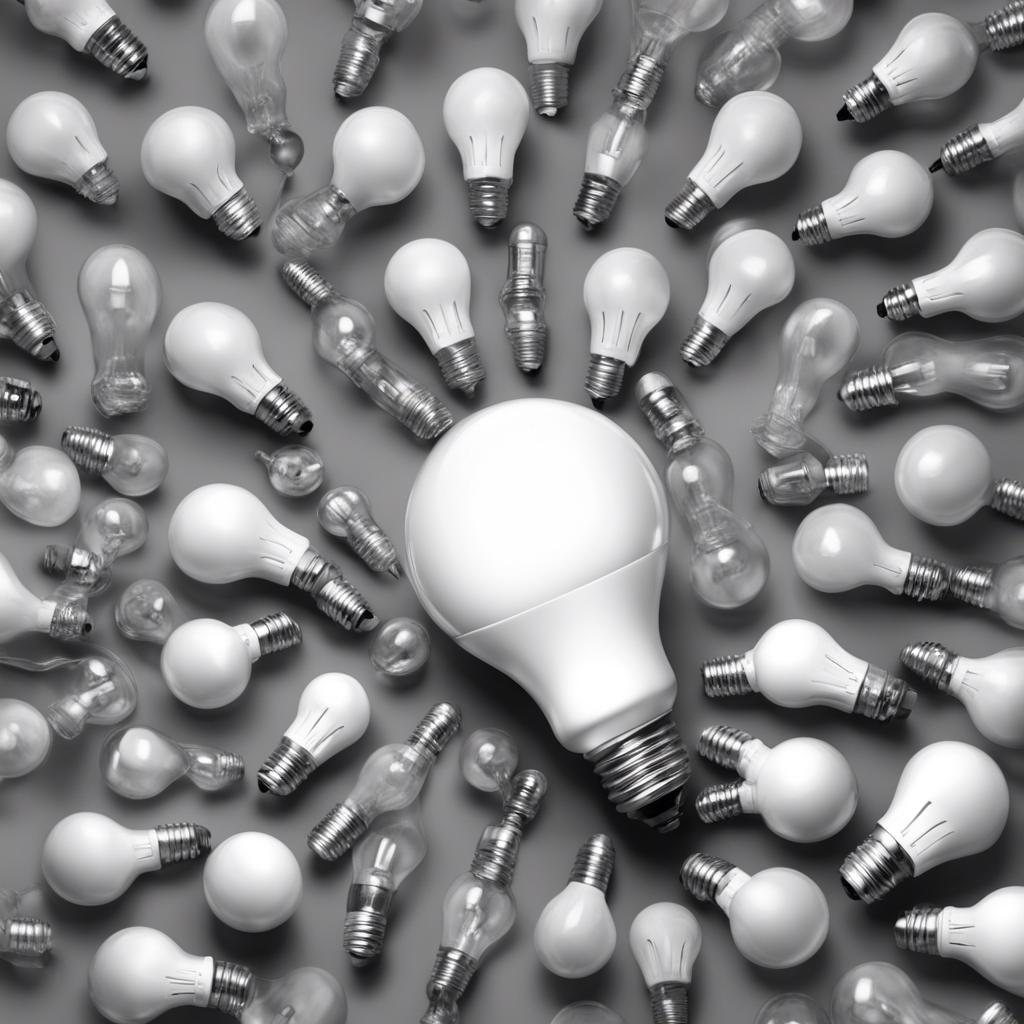
Agile vs Waterfall: Which Methodology is Right for Your Project?
In the world of project management, there are various methodologies to choose from. Two popular approaches are Agile and Waterfall. Each methodology has its own set of principles and processes that can greatly impact the outcome of a project. In this blog post, we will explore the key differences between Agile and Waterfall, their advantages and disadvantages, and ultimately help you determine which methodology is right for your project.
Understanding Agile Methodology
Agile methodology is a flexible and iterative approach that focuses on delivering projects incrementally. It was designed to address the limitations of traditional project management methods, such as Waterfall. The Agile Manifesto, published in 2001, outlines the core principles of this methodology. These principles emphasize customer satisfaction, collaboration, continuous feedback, and adaptability.
Key Characteristics of Agile Methodology
-
Iterative Development: Agile projects are divided into small, manageable increments called sprints. Each sprint has a well-defined goal and a fixed time duration, typically ranging from one to four weeks. This iterative approach allows teams to continually refine and improve the product based on customer feedback.
-
Collaborative Approach: Agile promotes frequent collaboration and seamless communication among team members, stakeholders, and customers. Cross-functional teams closely work together, making decisions collectively, and fostering a sense of shared ownership. This promotes transparency, efficiency, and alignment towards project goals.
-
Customer Focus: Agile puts a strong emphasis on understanding and meeting customer needs. The project requirements are captured in a prioritized list called the product backlog, which can be modified and reprioritized throughout the project lifecycle. Regular feedback from customers is gathered through demos, user testing, and continuous integration.
-
Adaptability: Agile embraces change and encourages flexibility. The methodology allows for quick adjustments to project scope, direction, or priorities to accommodate evolving requirements. Feedback gained from each sprint helps to inform future iterations, ensuring the project stays on track and delivers maximum value to the customer.
Advantages of Agile Methodology
- Enhanced Flexibility: Agile allows for greater flexibility and adaptability, making it suitable for projects where requirements are likely to change or evolve over time.
- Faster Time to Market: The incremental delivery approach of Agile enables early release of functional product features, enabling businesses to gain a competitive advantage by getting to market faster.
- Continuous Improvement: Agile encourages ongoing feedback, which helps identify areas that require improvement. This facilitates quicker course corrections and continual enhancements to the project.
- Higher Customer Satisfaction: By involving customers throughout the development process, Agile ensures their needs are prioritized and met. This leads to higher customer satisfaction and increased chances of project success.
Disadvantages of Agile Methodology
- Uncertainty in Cost and Timeline: Due to the adaptive nature of Agile, it can be challenging to estimate the exact cost and timeline of a project, especially in the initial stages. This may pose difficulties for organizations that require strict budgetary and scheduling constraints.
- Dependency on Team Collaboration: Agile projects rely heavily on effective collaboration and continuous communication. If team members are geographically dispersed or lack proper communication channels, it can hinder the success of an Agile project.
- Limited Documentation: Agile places less emphasis on comprehensive documentation compared to Waterfall. While this promotes flexibility, it can make it harder for new team members or stakeholders to understand the project’s history and current status.
- Potential Scope Creep: Without proper project governance and disciplined backlog management, Agile projects may experience scope creep. This happens when new features or requests are continuously added, potentially causing delays and impacting project objectives.
Introducing the Waterfall Methodology
The Waterfall methodology is a linear and sequential project management approach that follows a predetermined set of phases and activities. It is often compared to a cascade, where each phase flows smoothly to the next. Waterfall has been widely used in traditional project management for decades and is characterized by its structured and predictable nature.
Key Characteristics of Waterfall Methodology
-
Sequential Structure: Waterfall projects follow a rigid and linear structure, with each phase dependent on the completion of the previous one. These phases typically include requirements gathering, system design, implementation, testing, deployment, and maintenance. Once a phase is complete, there is no going back, unlike Agile iterations.
-
Emphasis on Documentation: Waterfall places strong emphasis on documentation throughout each phase. Detailed project plans, requirements specifications, design documents, and test plans are often created in advance. This ensures a clear understanding of the project scope and helps manage risks associated with changing requirements.
-
Predictable Timeframe and Budget: Waterfall projects are known for their upfront planning and estimation. Due to the sequential nature, the timeline and budget are often determined at the beginning of the project, providing stakeholders with a clear picture of the overall investment required.
-
Minimum Stakeholder Involvement: Waterfall projects typically have limited involvement from stakeholders until the final stages of the project. This can help streamline decision-making and reduce potential distractions that might arise from continuous customer collaboration.
Advantages of Waterfall Methodology
- Clear Project Definition: Waterfall requires a thorough understanding of the project’s requirements upfront, resulting in a clear project definition and scope.
- Predictability: Waterfall projects follow a predefined structure, making them highly predictable in terms of timeline, budget, and deliverables.
- Ease of Documentation: Waterfall methodology requires comprehensive documentation at each phase, providing a reliable source of project history and knowledge transfer to future team members or stakeholders.
- Suitability for Stable Requirements: Waterfall is ideal for projects with well-defined and stable requirements, where changes are less likely to occur.
Disadvantages of Waterfall Methodology
- Limited Flexibility: Waterfall lacks the flexibility to accommodate changing requirements or feedback throughout the project lifecycle. This can lead to challenges if scope changes are required.
- Late Feedback: Stakeholder involvement is limited until late stages, potentially resulting in missed opportunities for early feedback and iteration.
- Rigid Scope: Due to its sequential nature, changes in project scope can be complex, time-consuming, and costly to implement in Waterfall.
- Higher Risk of Failure: If the initial requirements or assumptions are flawed or not accurately captured, the project may not meet the desired outcome, resulting in time and budget overruns.
Choosing the Right Methodology for Your Project
Now that we have examined the key characteristics, advantages, and disadvantages of both Agile and Waterfall, it’s time to determine which methodology is right for your project. Consider the following factors when making your decision:
-
Project Requirements: If you are working on a project with well-defined and stable requirements, and little to no expected changes, Waterfall can provide a clear roadmap and predictable outcomes. However, if the requirements are expected to evolve or change, Agile’s flexibility makes it a better choice.
-
Project Size and Complexity: Agile is often recommended for complex projects where continuous feedback and iteration are necessary. Waterfall may be more suitable for smaller, less complex projects with fixed and stable requirements.
-
Customer Involvement: If involving customers throughout the project’s development is a priority, Agile’s customer-centric approach makes it a better fit. Waterfall, on the other hand, limits customer involvement until the later stages.
-
Team Collaboration and Communication: Agile relies heavily on effective collaboration, continuous communication, and cross-functional teams. If your team is dispersed or lacks the necessary infrastructure for seamless communication, Waterfall may be a better option.
-
Time and Budget Constraints: If you have strict time and budget constraints, and there is little tolerance for changes or uncertainties, Waterfall’s upfront planning and estimation can provide better control and predictability.
Ultimately, the right methodology depends on your project’s unique characteristics, goals, and constraints. It is worth noting that hybrid approaches, such as Agile-Waterfall hybrids, can be adopted to combine the strengths of both methodologies to suit specific project needs.
Conclusion
Choosing the right project management methodology is crucial for successful project execution. Agile and Waterfall both have distinct advantages and disadvantages that should be carefully evaluated based on project requirements, complexity, customer involvement, team collaboration, and overall constraints.
While Agile provides flexibility, adaptability, and greater customer engagement, Waterfall offers structure, predictability, and is often recommended for projects with stable requirements. Consider the objectives and constraints of your project, and weigh the pros and cons of each methodology to make an informed decision.
Remember, project management is not a one-size-fits-all approach, and the right methodology may vary depending on the unique circumstances of your project.






